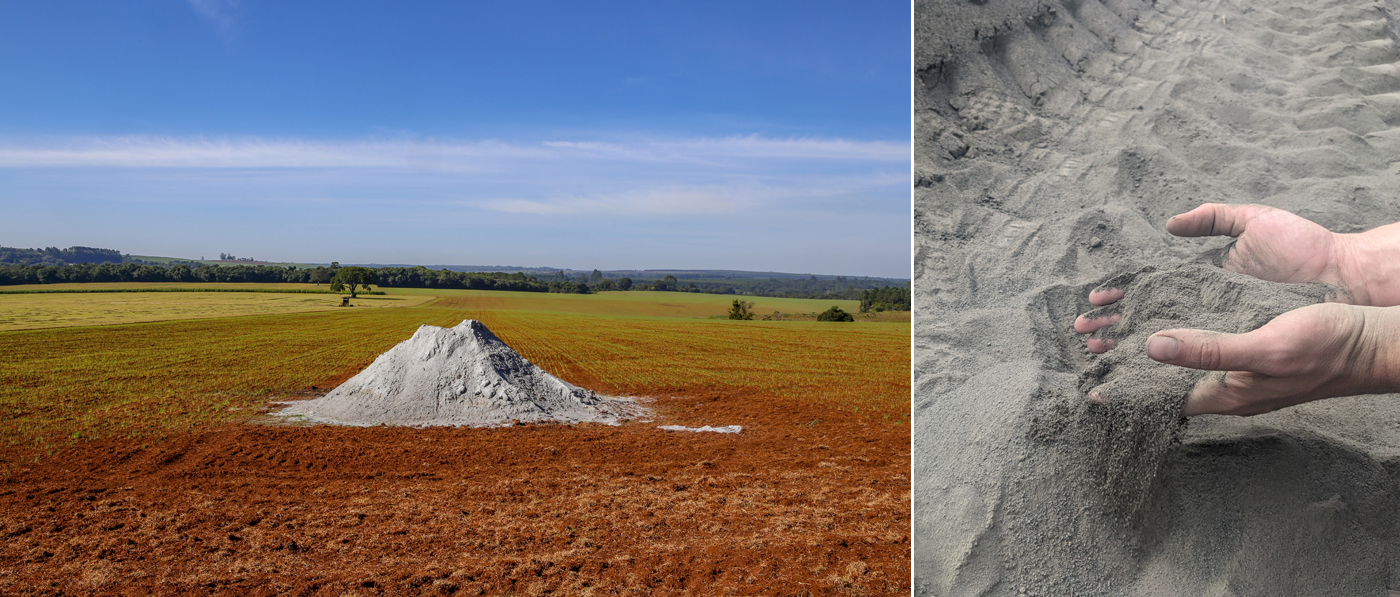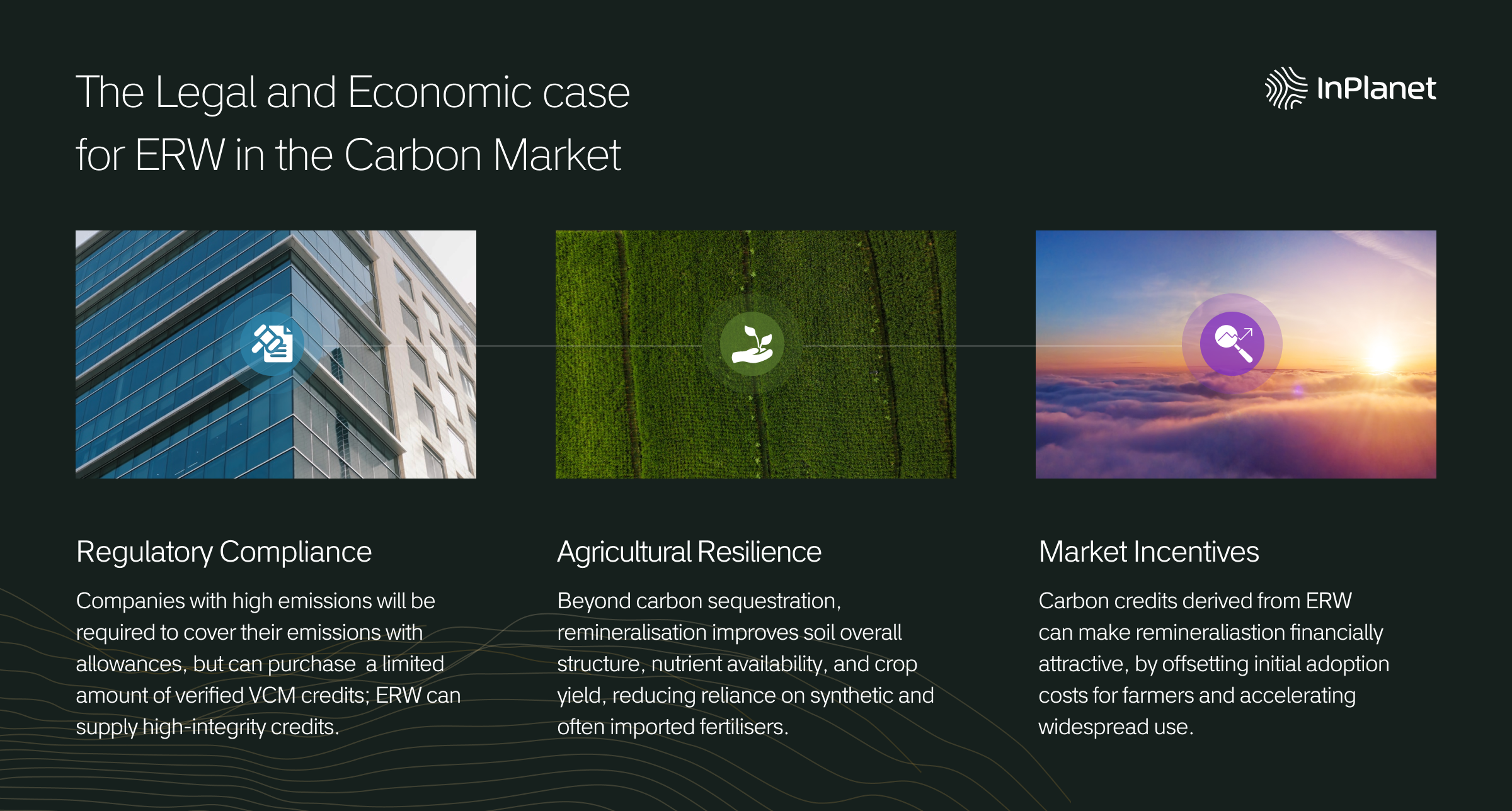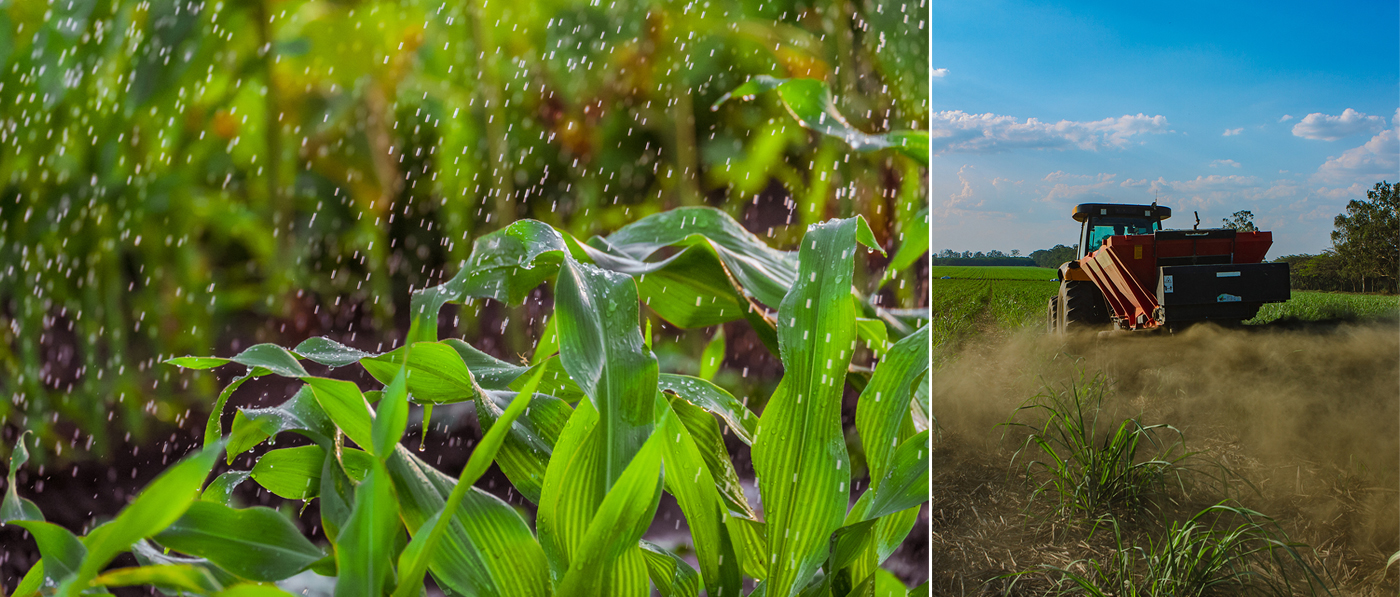New Era for Enhanced Rock Weathering, Carbon Dioxide Removal and Soil Remineralization
On December 12, 2024, President Luiz Inácio Lula da Silva signed Brazil’s regulated carbon market into law, marking a historic moment for both national and global climate action. With such, the Brazilian Emissions Trading System (SBCE) introduced a structured framework for emissions reduction, enabling a transparent and enforceable pathway to decarbonization.
The world urgently needs scalable solutions for carbon dioxide removal (CDR), and while many approaches are being explored, one stands out for its potential to deliver significant, verifiable, and beneficial outcomes: Enhanced Rock Weathering (ERW). Among nations poised to lead this crucial effort, Brazil, already a major supplier, is uniquely positioned from a policy standpoint to become one of the most effective markets globally for scaling up ERW.
The recent establishment of Brazil’s regulated carbon market, combined with the nation’s existing expertise in remineralization (Rochagem), availability of vast agricultural lands, and progressive regulatory landscape, creates an unparalleled opportunity. This confluence of factors solidifies Brazil’s role as the global epicenter for ERW innovation and deployment, promising significant advancements in both climate mitigation and agricultural sustainability.
A Landmark Moment for Brazil’s Climate Policy
With this legislation, Brazil enters a new era of climate governance, and the world should take note. With the signing of its regulated carbon market into law, the country is not only aligning with global climate efforts but positioning itself as one of the most investable and scalable environments for climate solutions.
The new legislation establishes a cap-and-trade system, setting clear emission limits across multiple sectors. Companies exceeding their allocated emissions must purchase carbon credits from entities that outperform reduction targets. This regulatory certainty makes carbon trading more credible, scalable, and financially viable, attracting both domestic and international investors.
However, what makes Brazil uniquely poised to lead is not just policy. It’s the fundamentals. Over 90% of Brazil’s electricity comes from renewable sources. Combined with vast natural carbon sinks, its forests, soils, and agricultural lands, this clean energy backbone gives Brazil one of the lowest-carbon industrial profiles in the world.
The SBCE is also designed with interoperability in mind, ensuring compatibility with systems like the EU Emissions Trading System (ETS). This means that Brazilian carbon credits can be recognized and traded in international markets, enhancing global integration, liquidity, and market efficiency. This allows Brazilian carbon credits to integrate seamlessly into global markets, boosting demand, liquidity, and price stability.
Innovation at the Intersection of Agriculture and Carbon Markets
One of the most exciting implications of this law is how it intersects with Brazil’s remineralization industry. For years, Brazil has been home to one of the most advanced remineralization ecosystems in the world. The use of rock powders to restore soil health, improve crop yields, and reduce dependence on synthetic fertilizers, known locally as Rochagem, has been widely studied, regulated, and applied across the country.

This originated in the 1950s, when Brazilian scientists first began researching the benefits of applying silicate rock dust to tropical soils. Their work sparked a national movement that brought together researchers, farmers, and policymakers around the goal of building soil resilience and reducing fertilizer imports. This culminated in the Remineralizers Law of 2013 and a technical norm issued in 2016, which together created a regulatory framework to certify and standardize rock powders for agricultural use.Today, Brazil boasts a growing network of certified mines, coordinated by associations like ABREFEN, and supported by national research bodies such as EMBRAPA. While the original focus of this ecosystem was food security and soil health, the emergence of ERW and carbon markets has opened up a unique opportunity. The regulatory framework now allows ERW projects to integrate into the carbon market, even making it possible for farmers to monetize their contributions to decarbonization. By applying the right types of silicate rock powders, Brazilian farmers can participate in carbon credit generation, creating an additional revenue stream while enhancing crop resilience and therefore, food security.
The intersection of remineralization and regulation offers a scalable, science-backed path forward, positioning Brazil to lead globally in both sustainable agriculture and durable carbon removal.
The Legal and Economic Case for ERW in the Carbon Market
While the regulated carbon market is primarily structured to address industrial emissions, it must also recognize and incentivize scalable carbon removal technologies. ERW presents several legal and economic advantages:
- Regulatory compliance: Under the new law, companies with high emissions will be required to cover their emissions using allowances from the compliance market, but also have the ability to purchase a limited amount of verified removal credits from the Voluntary Carbon Market (VCM). With proper MRV (Measurement, Reporting, and Verification), ERW can supply high-integrity credits that meet compliance market standards.
- Agricultural resilience: Beyond carbon sequestration, remineralization improves soil structure, nutrient availability, and crop yield, reducing reliance on synthetic fertilizers.
- Market incentives: Carbon credits derived from ERW can make remineralization financially attractive, offsetting initial adoption costs for farmers and accelerating widespread use.
At InPlanet, we are actively working to ensure that ERW is recognized within the SBCE, ensuring that Brazil leverages its natural carbon removal capacity and seizes this strategic opportunity to lead in the sector.

Despite its great potential, Enhanced Rock Weathering (ERW) has yet to receive the recognition it deserves. Although tacitly referenced in the original text, it has not been explicitly incorporated into the technical parameters of the new carbon trading system. This process will undoubtedly take shape through infralegal regulations currently being developed within the Agrocarbon Chambers of the Federal Government.
At InPlanet, we are actively working to ensure that ERW is recognized within the Brazilian Emissions Trading System (SBCE). We aim to ensure that Brazil leverages its natural carbon removal capacity and seizes this strategic opportunity to lead in the sector.
What Comes Next?
Brazil’s legal framework not only implements a system for decarbonisation, but in many ways is also setting the tone for the future of regulated carbon markets worldwide. Regulation is only the first step; now stakeholders must ensure that the system is efficient, transparent, and accessible to all sectors that can contribute to carbon removal.
A strong and transparent international carbon market, where verified carbon removal plays a central role, is essential for achieving global net-zero targets. This requires the synchronization of standards, continuous improvement of measurement methodologies, and the implementation of incentives for carbon removal solutions.

This is the time to turn commitments into concrete action, and create an international regulatory framework that balances technical rigor, legal predictability, and economic opportunity. Brazil is one of the major countries leading this transition, establishing itself as a global reference in building a robust, transparent, and innovation-driven carbon market.
The future of carbon markets will be shaped by those prepared to act boldly and commit to meaningful long-term solutions, and Brazil has unequivocally demonstrated its readiness to lead the world toward a more regenerative future.
References:
- Brazilian Presidency. (2024). President Lula signs law creating regulated carbon market in Brazil. Retrieved from gov.br
- Machado Meyer. (2024). What changes with the law that regulates the carbon market? Retrieved from machadomeyer.com.br
- Chambers and Partners. (2024). Brazil’s new carbon market. Retrieved from chambers.com
- Leonardos, O. H., & Theodoro, S. H. (2000). Remineralization for sustainable agriculture: A tropical perspective from a Brazilian viewpoint. Nutrient Cycling in Agroecosystems, 56(1), 3-9. https://doi.org/10.1023/A:1009855409700